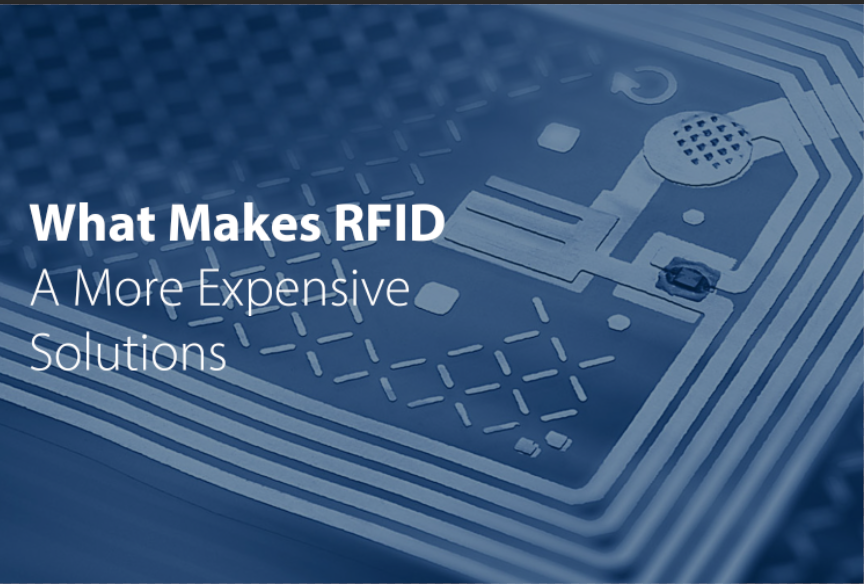RFID technology is being commercialized widely today. This technology is beneficial to both large and small businesses. RFID technology is a method of automatic identification and data capture. Unlike a barcode, RFID tags don’t need to be within the line of sight of the reader for the reader to read it. These tags can be used to track pharmaceuticals through warehouses, and in shops to expedite checkout and prevent theft by employees and customers. Therefore, to get an RFID tracking system to operate properly and provide a return on your investment, will require money, effort, and time. So, why is this technology expensive? What factors should one consider before installing the system?
Factors to consider
The overall cost of RFID is determined by several factors which include; the size and specific details of your environment, the type of system you’ll need, and what you will be tracking. Also, do you need low, high, or ultra-high frequency? Fixed readers or handheld? Passive tags or active tags. Overall, pricing is based on the size of the area you want to be covered and the granularity of coverage you’re looking for. These factors help determine the number of devices as well as the number of reading locations for your application, the type of technology, and the amount of involvement that will be required from professionals.
The cost of tags depends on the quantity and type you need. Passive tags are the least expensive while active tags are quite expensive due to the battery that is needed. Readers, on the other hand, can be found at all price points depending on whether you need fixed readers or handheld readers. Software licenses vary in functionality and cost. Some intangible factors contribute to the cost of RFID which falls under the professional services umbrella, and they include; business process analysis, site surveys, implementation, and troubleshooting.
Why is it expensive?
A new RFID system is going to need RFID tags, which will be applied to each of the unique assets or inventory that will be tracked and RFID readers, either mobile or fixed readers (or both). For the business to make sense of the RFID data that is being collected, they will need some sort of asset tracking or inventory software. The price of all the above elements depends on the labor costs and real-time data needs.
However, the more expensive an RFID system is, the more automation you’ll get. Passive RFID tags and readers are the most economical solution if your labor costs are low and real-time data isn’t important to you. An active RFID system is the best solution if your labor costs are high and real-time data is needed.
Conclusion
Overall, the cost of RFID solutions can get expensive. With the right application, the value of an RFID system can quickly outweigh the cost. The value of any RFID system should not be calculated or anticipated only in terms of the money you’ll save. RFID’s value is more frequently found in operational movements and the ability to manage most of your valuable assets. Your team will most likely need to be trained to take advantage of the system. However, it is advisable to keep the implementation as simple and as contained as possible to find the fastest path to success.
Nexqo is a professional RFID & NFC hardware provider with more than 10 years of experience in the RFID industry.
Click here to learn more about the products that you can use in your project. If you are not sure, welcome to contact our sales experts any time.
.png)
